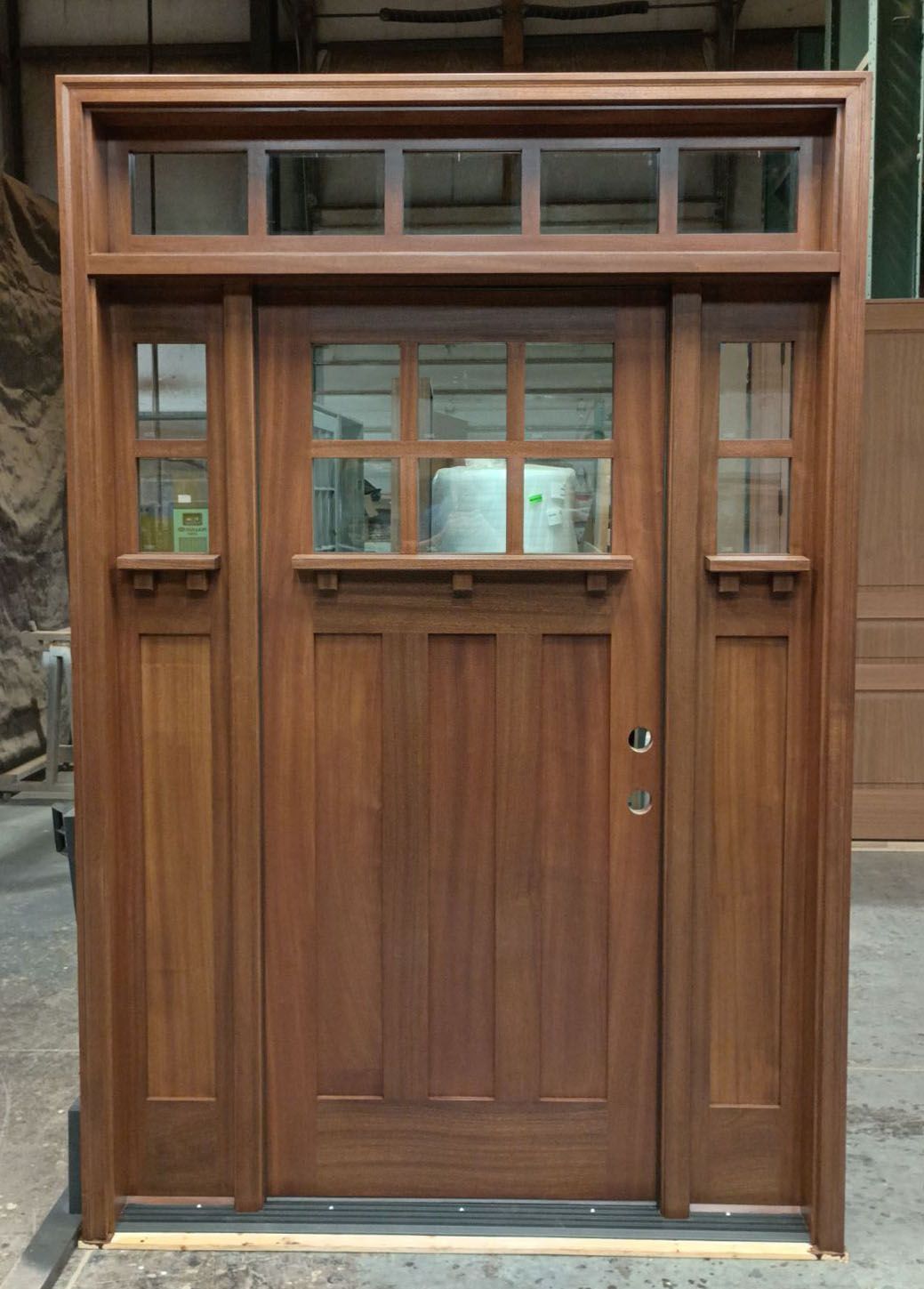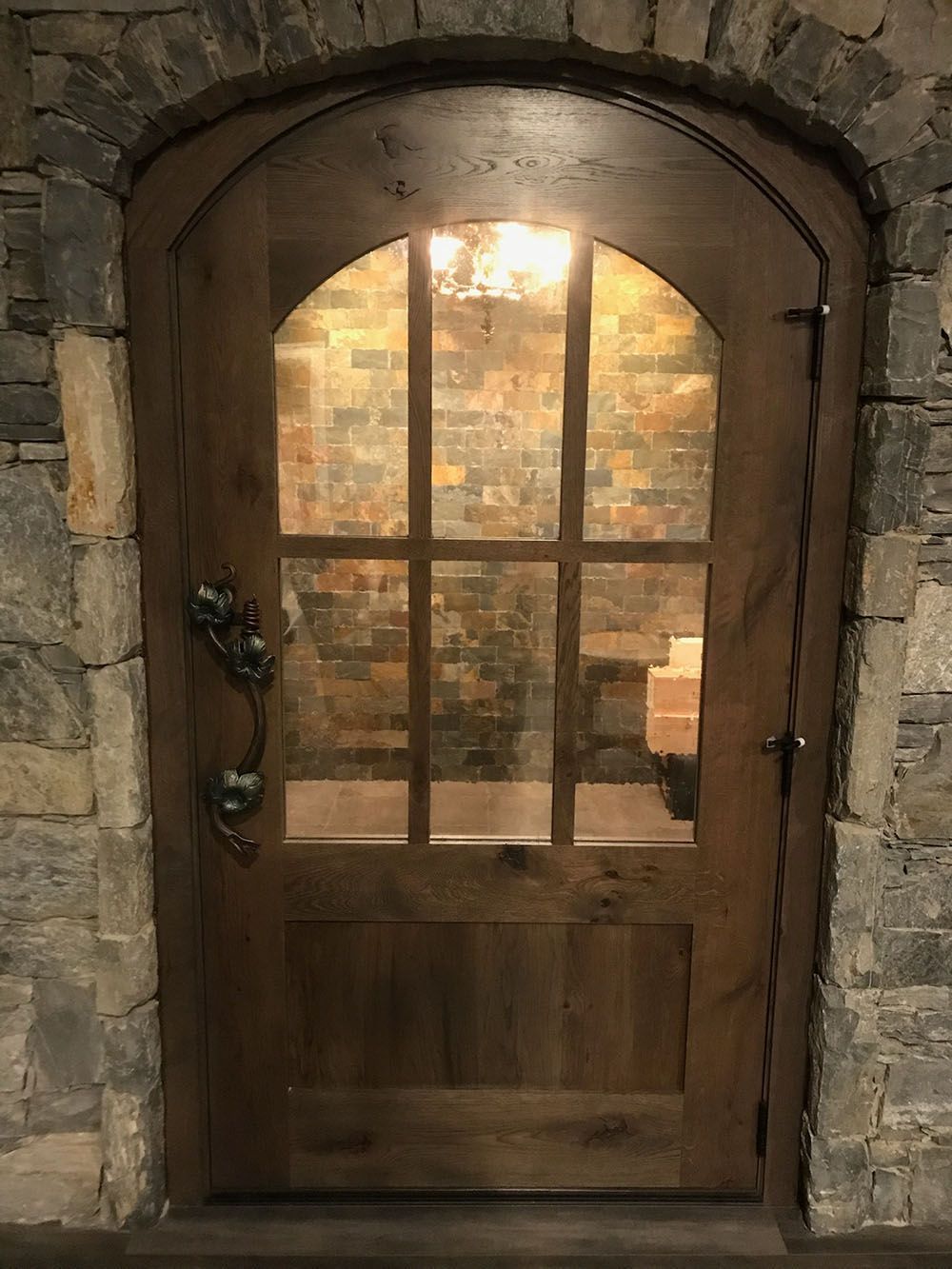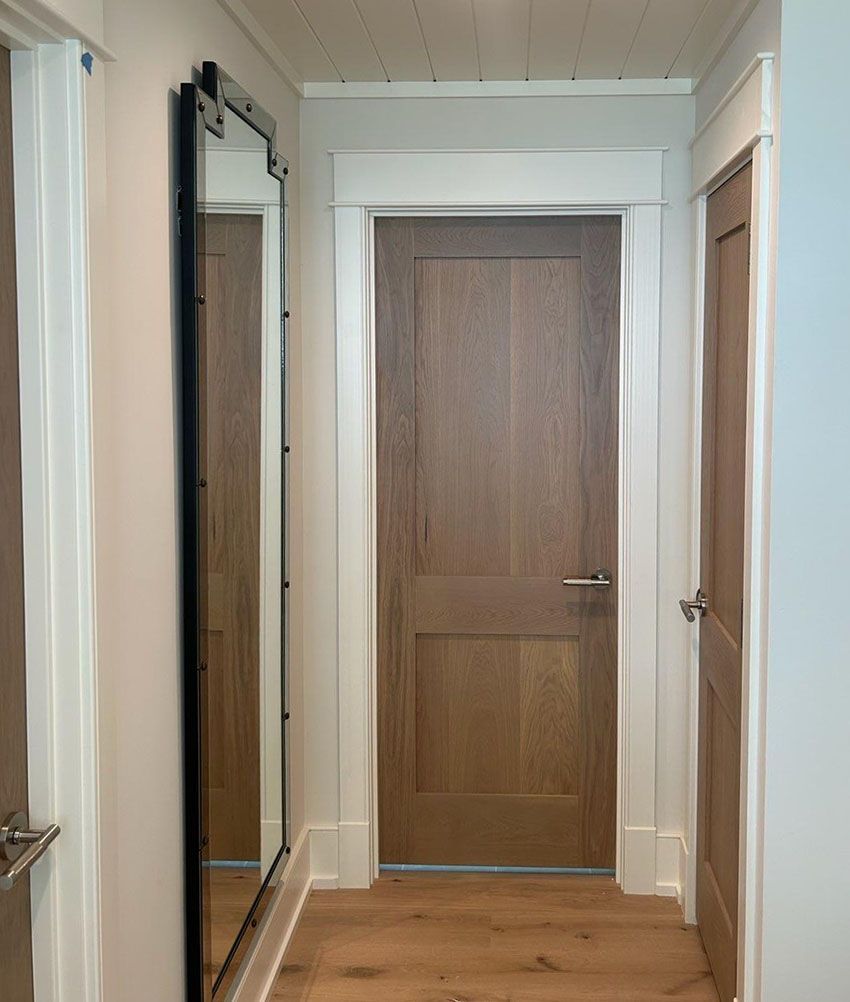How To Inspect and Maintain Your Wood Doors and Windows
A Clean Home is a Happy Home!
At least every 6 months, you should take the time to inspect your doors and windows from the outside of your home. For example, washing and
waxing a car is a standard part of automobile ownership. Similarly, nothing receives more abuse than your home’s doors and windows. After all, many people trade their automobile in every 18 to 36 months, but they may plan on living in their home for 15 to 20 years. Don’t assume the exterior of your home can be neglected.
Cleaning the exterior of your home’s windows and doors is every bit as easy as washing your car (assuming you do not always take your car through a car wash; however, if you need tips on washing your car, we can give you those as well). Alas, your home won’t fit into a carwash. So, to begin, get a bucket and clean water. Next, using an automobile or car wash detergent, follow the directions as though you are washing a big car. A truck brush is handy because it has a telescoping handle with soft synthetic bristles. Washing your window or door one by one, hose each down with a garden hose. Do not use a pressure washer as this can damage finishes and other parts of your home. Do not worry if a bit of water leaks in the window or door, because this process is a great way to reveal a cavity. Anywhere water is leaking, more air is leaking. Consider these leaks an opportunity to prepare your home for harsh weather.
After fully rinsing your door or window, give it a good cleaning with a sponge or truck brush and immediately rinse the soap away. I must emphasize, THIS is the important part of examining the finish of your wood door. When rinsing the door, the water should bead and run quickly down the door, leaving a dry finish above the water beads. If the water drags down the door and just hangs onto the wood, your finish has ultra violet damage and needs a new top coat. If you see blackened areas in the wood, typically at the bottom of the door, you likely let your finish go too long. Regardless, if your finish shows wear, lightly sand and apply a new top coat to your door. These tips apply to a painted door as well.
Drying your windows and doors will minimize spotting. You can use a soft, dry terry cloth bath towel. Next, our favorite method involves grabbing
your leaf blower to blow dry each door and window after you wash the opening. Blow drying forces water, gook and hidden bugs out of the crevices. Additionally, this procedure helps to spot areas of disrepair, which might require maintenance.
If you have aluminum-clad exterior windows, treat those windows as you would your car when it gets a dull finish. Use a high quality polish, which will bring your aluminum back to life. Never use a rubbing compound or abrasive car wax because these compounds will remove finish from your aluminum cladding. Your goal is to help the finish, not advance the aging.
Do not be afraid to clean your home’s exterior, and do not be afraid of getting a little water in your home. After all, you want to know where your home’s weaknesses are in order to repair them. Too many people go to sell their home, and through the findings of a buyer’s home inspector, discover many costly issues needing repair. Don’t risk deterring prospective home buyers. Be a good detective! Know your home’s weaknesses and correct them.
After all, a clean home is a happy home!










